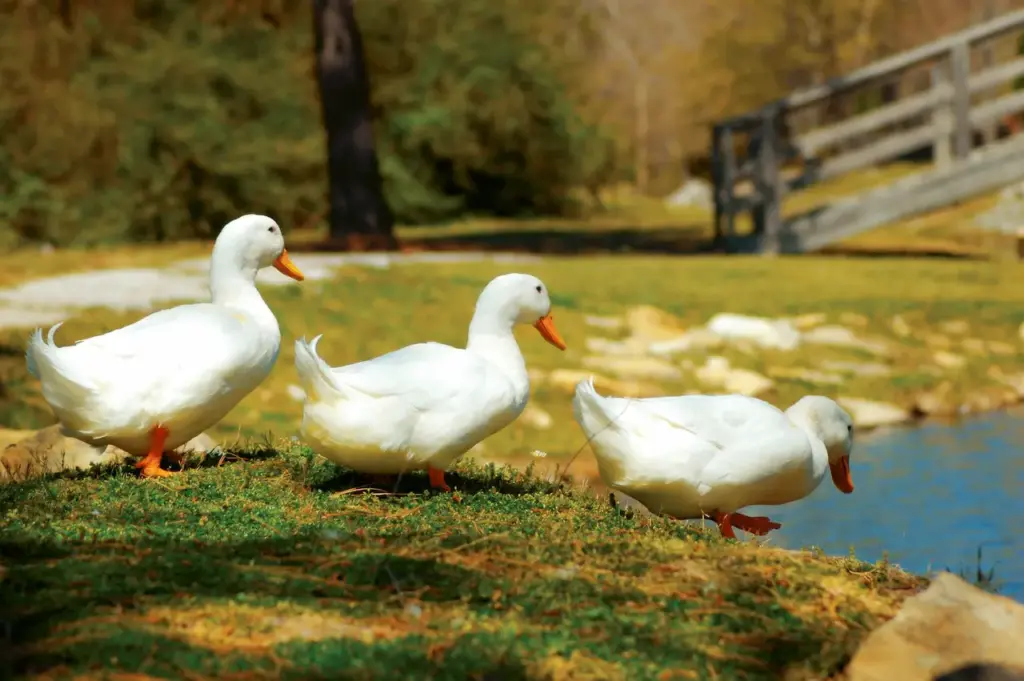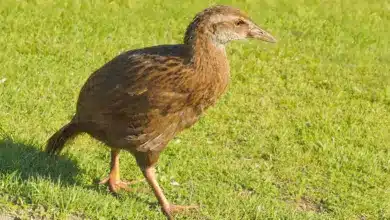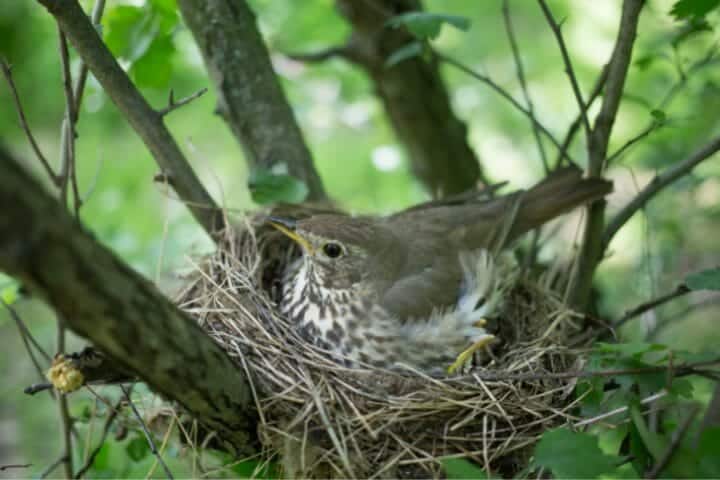The Aylesbury ducks are a recent addition to the duck family, bred mainly for their meat and appearance.
A true Aylesbury is a very rare and critically endangered in the U.S. The crossbred commercial meat-type of white duck is the bird most people will see and is the one most people mistakenly think of as an “Aylesbury” because it is white.
Unlike most other duck species, Aylesbury Ducks have pink, not orange, beaks.

Historic Information
The breed was developed around the early 18th century and became a cottage industry in Aylesbury in southern England. The ducks were walked to the markets in London, some forty miles (64 km) to the south, stopping at night at inns which provided large enclosed yards for a charge of a few birds. Each morning the feet of the birds were given some protection by driving them across a shallow ditch filled with cold tarry solution which made their feet sticky, then through sawdust which adhered to their feet. In 1839 the introduction of a railway connection made transport easier and the trade flourished, but around the middle of the century duck rearing in the town began to decline.
Following the introduction of the Pekin duck in 1873 the two breeds were often crossed, and the pure breed became rarer, but lately, efforts have been made by breeders to re-establish the Aylesbury Duck. The breed is now farmed all over the world as the quality of meat obtained from the breed is particularly high.
The Aylesbury duck is the heraldic emblem of the town of Aylesbury, lent itself to the best bitter of the Aylesbury Brewery Company and two pub names in the town.
Description:
The Aylesbury duck is bred mainly for its meat and appearance. Its plumage should be white, with a pink bill and bright orange feet and legs. The pink bill coloring is a vital and key characteristic of the true breed. Many people assume that every white duck is an “Aylesbury” but if the duck has an orange or yellow bill it will not be pure Aylesbury but will have some commercial “Pekin” strain somewhere in its background.
It is also one of the largest known breeds of domestic ducks, although exceeded in weight by the Muscovy and equalled by the Rouen.
Weights should be:
- Drakes 4.5 -5.4kg (10 to 12lb)
- Hens 4.1-5.0 kg (9 to 11 lb).
A true Aylesbury should have a horizontal carriage, this means that the keel of the bird should be parallel to and touching the ground when the bird is standing at rest.

Diet / Feeding:
Ducks feed on larvae and pupae usually found under rocks, aquatic animals, plant material, seeds, small fish, snails, and crabs.
Instead of “teeth,” ducks have serrations (saw-like edges) on their bills that allow them to filter food out of the water.
Feeding Ducks …
We all enjoy these beautiful birds and many of us offer them food to encourage them to come over and stay around – and it works! Who doesn’t like an easy meal!
However, the foods that we traditionally feed them at local ponds are utterly unsuitable for them and are likely to cause health problems down the road. Also, there may be local laws against feeding this species of bird – so it’s best to check on that rather than facing consequences at a later stage.
- Foods that can be fed to Ducks, Geese and Swans to survive cold winters and remain healthy when food is scarce in their environment.
Please note that feeding ducks and geese makes them dependent on humans for food, which can result in starvation and possibly death when those feedings stop. If you decide to feed them, please limit the quantity to ensure that they maintain their natural ability to forage for food themselves – providing that natural food sources are available.
Relevant Resources
- Duck Information
- Index of Duck Species
- Photos of the Different Duck Species for Identification
Species Research by Sibylle Johnson
Please Note: The articles or images on this page are the sole property of the authors or photographers. Please get in touch with them directly concerning any copyright or licensing questions. Thank you.





